



Oreocereus
Oreocereus is a genus of cacti native to the high-altitude regions of the Andes in South America, particularly in countries like Bolivia, Peru, and Argentina. These cacti are known for their tall, columnar shape and are often covered with dense, woolly white hairs, which give them a distinctive, fuzzy appearance. This hair-like covering acts as insulation against the harsh, cold climates of their native habitat. The stems of Oreocereus are ribbed and adorned with sharp spines that are typically yellow or red. The combination of spines, woolly hair, and colorful flowers makes Oreocereus an eye-catching addition to any cactus collection.
- Botanical Name: Oreocereus spp.
- Common Names: Old Man of the Andes, Woolly Torch Cactus
- Mature Height: 3-10 feet (1-3 meters)
- Growth Rate: Slow
- Light Requirements: Full sun
- Soil Requirements: Well-draining, sandy or rocky soil
- Water Needs: Low; drought-tolerant
- Foliage: Tall, columnar stems covered with white, woolly hairs
- Spines: Sharp spines in shades of yellow or red
- Flowers: Tubular, in colors such as red, pink, or orange, blooming near the top of the cactus
Uses:
- Ornamental: Oreocereus is a popular ornamental cactus, prized for its unique, woolly appearance and striking flowers. It is often used in rock gardens, desert landscapes, and cactus collections.
- Container Planting: Due to its manageable size, Oreocereus can be grown in containers, making it suitable for patios, balconies, or indoor spaces with ample sunlight.
- Xeriscaping: Ideal for xeriscaping due to its drought tolerance, making it an excellent choice for water-wise gardens.
Benefits:
- Drought Tolerance: Oreocereus is highly drought-tolerant, thriving in arid conditions with minimal water.
- Unique Appearance: The woolly, white hairs and bright flowers make this cactus a standout in any garden or indoor setting.
- Low Maintenance: Once established, Oreocereus requires minimal care, making it suitable for both novice and experienced gardeners.
- Wildlife Attraction: The tubular flowers attract pollinators such as bees and hummingbirds, adding ecological value to your garden.
Oreocereus is a fascinating cactus that combines the resilience of desert plants with a unique and ornamental appearance. Its minimal care requirements and striking features make it a favorite among cactus enthusiasts and those looking to add a touch of the Andes to their garden or indoor collection.
Debes acceder para publicar una valoración.
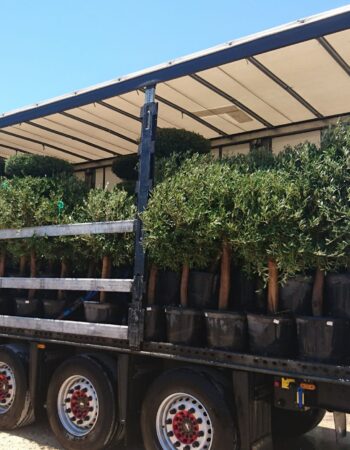
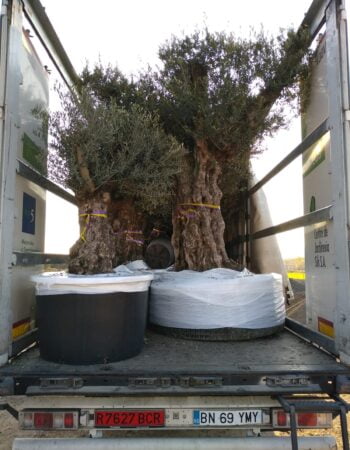
CAREFUL TREE TRANSPORTATION
At Treezom, we take great care in transporting your trees to ensure they arrive in perfect condition. Our expert team uses various methods, depending on the size and volume of the order, to provide safe and efficient delivery. Whether you're ordering a single tree or a bulk order, we guarantee high standards of handling and care throughout the process.
MULTIPLE SHIPPING METHODS
- Truck Delivery: Ideal for local or regional deliveries, ensuring a smooth and timely shipment of your trees directly to your location.
- Sea Containers (20’ or 40’): Perfect for larger orders or international shipping. Our sea containers are equipped to handle bulk shipments with optimal protection.
- Other Customized Solutions: Depending on the size and nature of your order, we can offer tailored shipping methods to meet your specific needs.
No matter the shipping method, we use specialized packaging and handling procedures to protect the trees during transit, ensuring they arrive healthy and ready for planting.
Below, you’ll find key tips tailored to this species’ requirements. Whether you’re new to plant care or have plenty of experience, these guidelines are here to support you in keeping your green companion healthy and vibrant.
- Planting:
- Plant in a location that receives full sun to ensure the best growth and flowering.
- Use a well-draining soil mix, such as a cactus or succulent mix, with added sand or gravel to improve drainage.
- If growing in a container, choose a pot with drainage holes to prevent waterlogging.
- Watering:
- Water sparingly, allowing the soil to dry out completely between waterings.
- During the growing season (spring and summer), water every few weeks, depending on the climate and soil conditions.
- Reduce watering in fall and winter when the cactus is dormant.
- Overwatering can lead to root rot, so it’s important to avoid excessive moisture.
- Pruning:
- Pruning is generally unnecessary, but you can remove any damaged or dead stems to maintain the plant's appearance.
- Use gloves when handling the cactus to protect yourself from the sharp spines.
- Fertilizing:
- Fertilize lightly during the growing season with a cactus-specific fertilizer or a balanced, water-soluble fertilizer diluted to half strength.
- Apply fertilizer once a month during spring and summer.
- Avoid fertilizing during the winter dormancy period.
- Pest and Disease Control:
- Oreocereus is relatively pest-resistant, but it can occasionally be affected by mealybugs or spider mites.
- Treat infestations with insecticidal soap or neem oil as needed.
- Ensure proper drainage and avoid overwatering to prevent root rot.
*This information is provided for informational purposes only. For more detailed care, please consult a professional Gardener or Arborist.






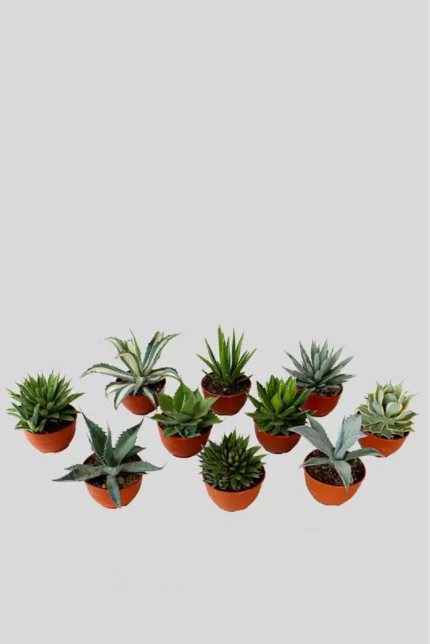

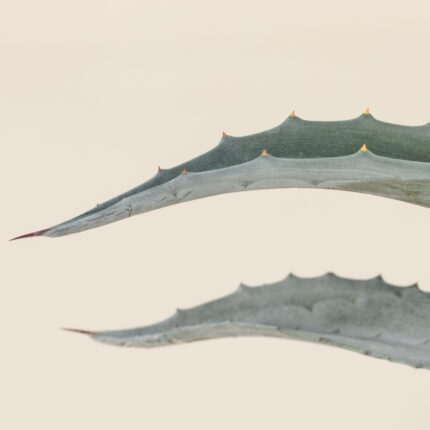



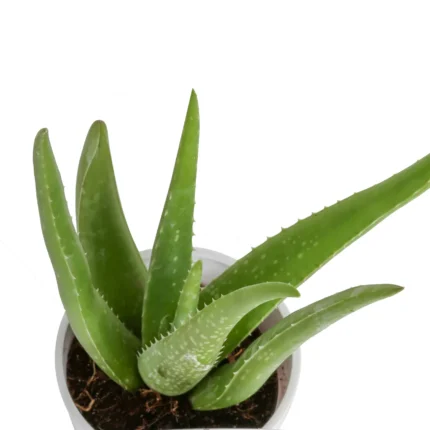




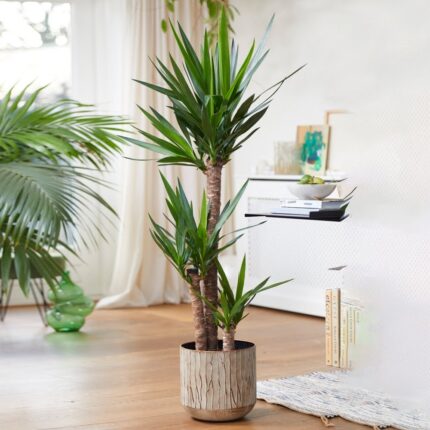
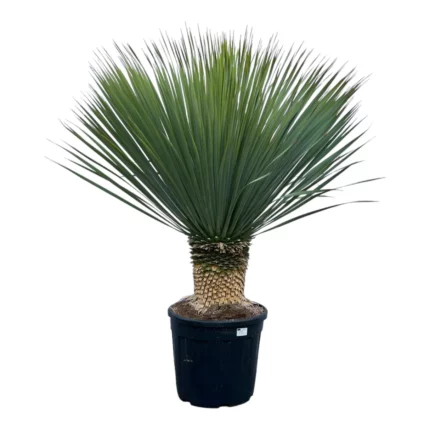






 Single Tree
Single Tree
Valoraciones
No hay valoraciones aún.